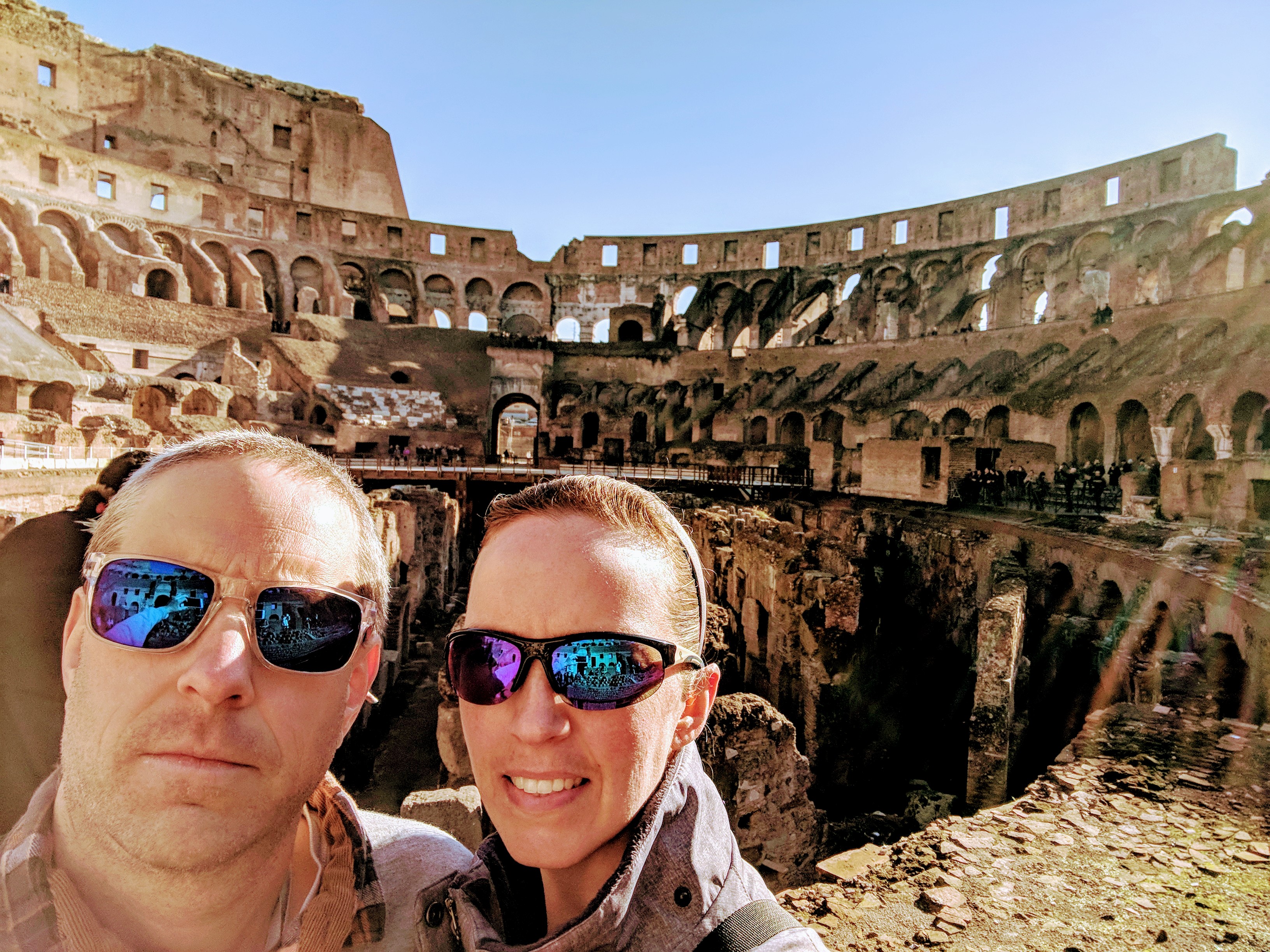Flavian Amphitheatre
Wed Dec 06, 2017 9:39 amWe visited the Colosseum, so named on account of Nero's Colossus, which stood there previously.
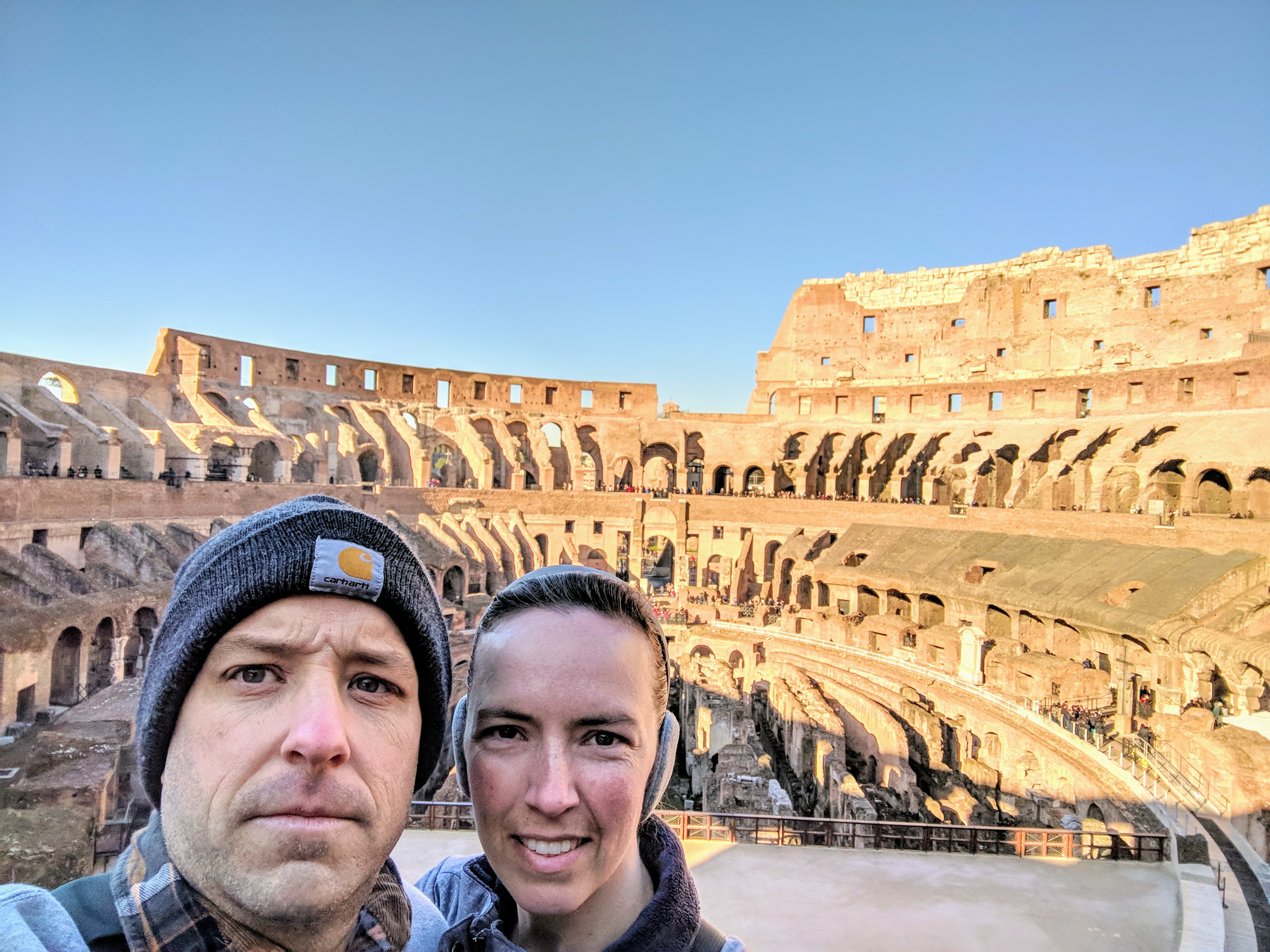
The Colosseum was a public entertainment venue, obviously. It’s construction was paid for by spoils plundered from the Temple in Jerusalem. This is interesting because the Temple was built by Herod, who was actually a Roman Client King. Jewish POW slaves are believed to have supplied much of the construction labor.
The property where the Colosseum stands is the former location of a lake that was part of the Domus Aurea, a palatial estate built by Emperor Nero. Being so quickly repurposed must reflect how unpopular Nero was.

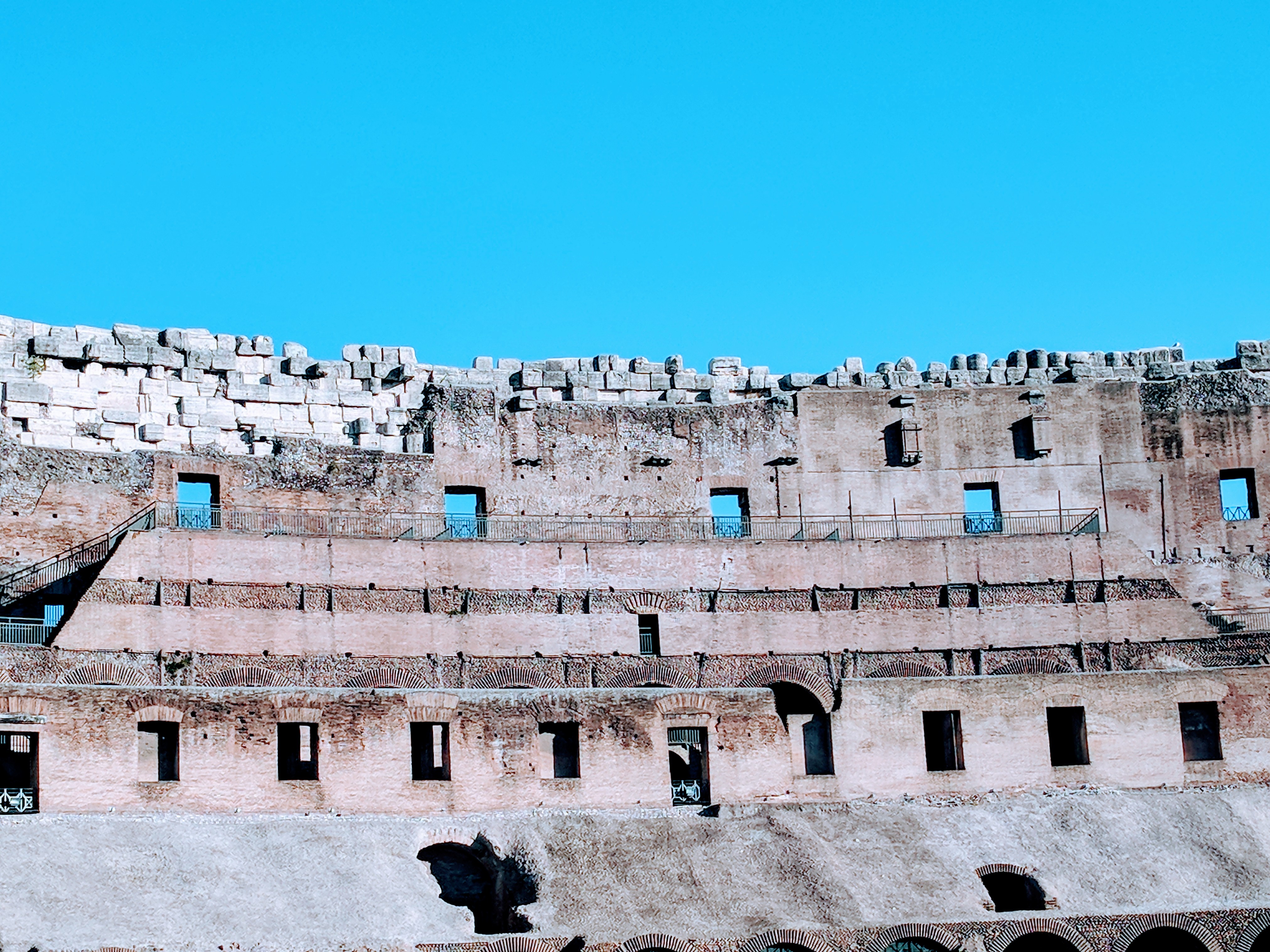
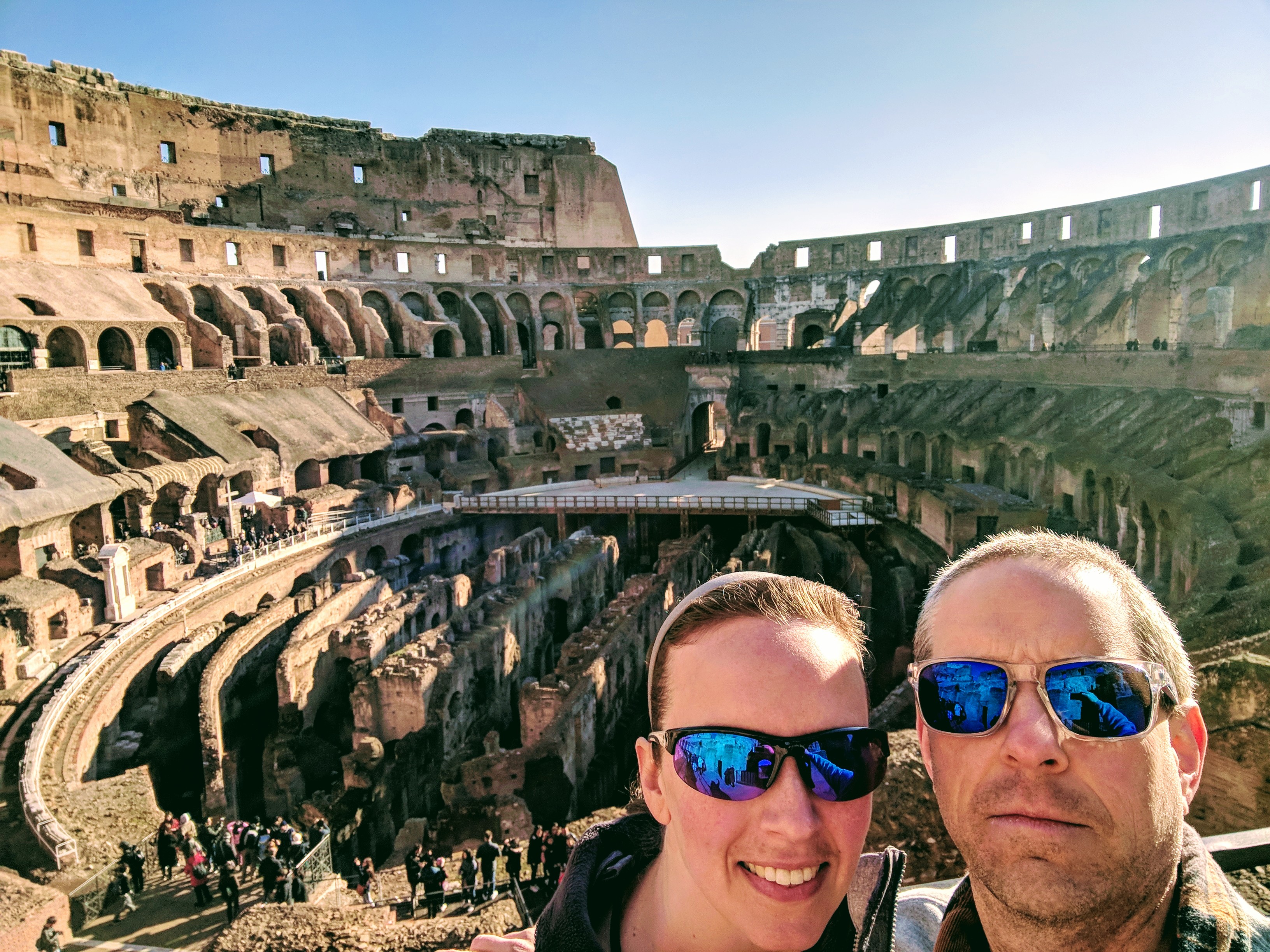
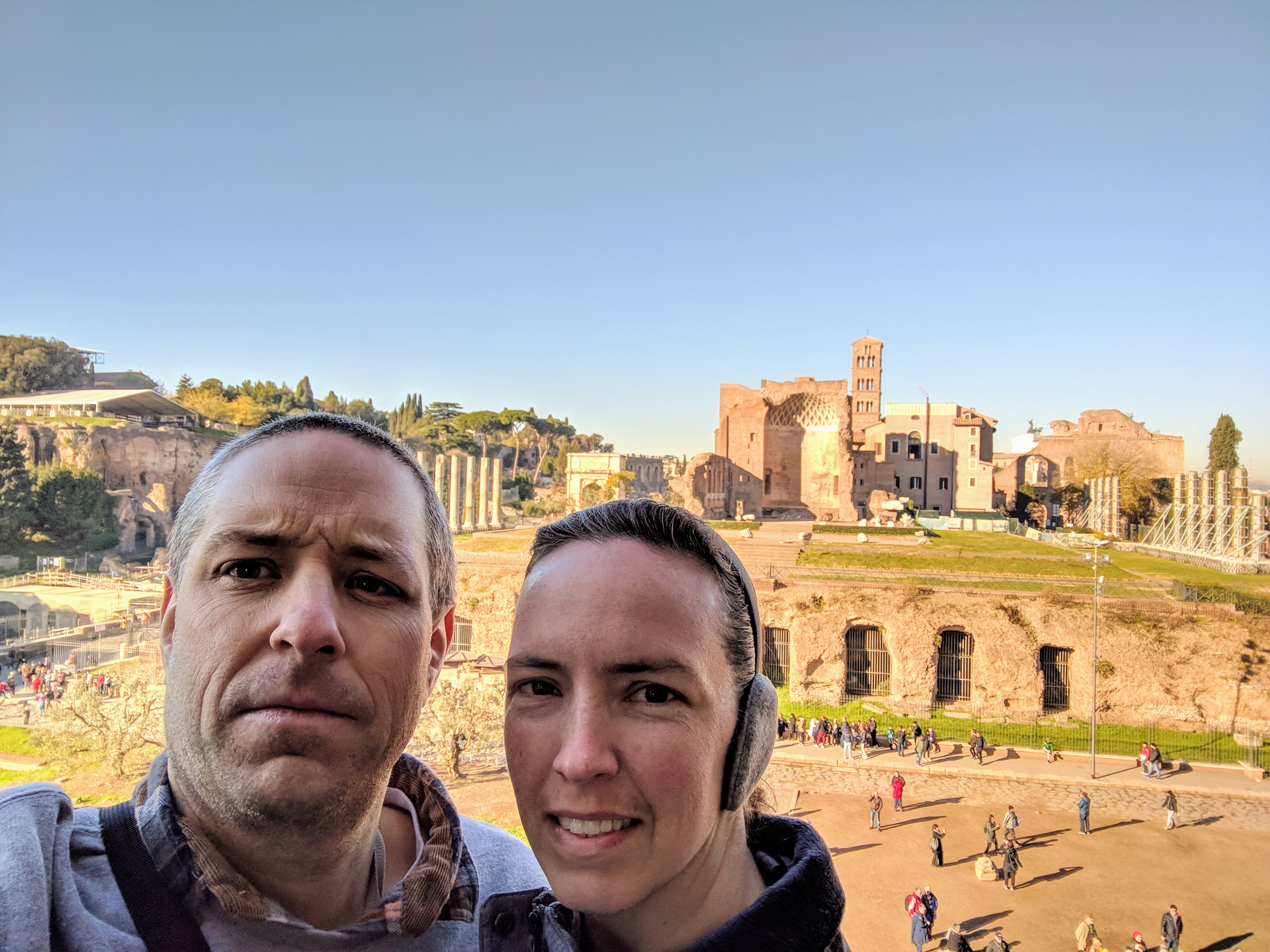
Temple of Venus and Roma was built by Emperor Hadrian. For context, Hadrian succeeded Trajan, whose reign marked the zenith of the Roman Empire. Hadrian also constructed Hadrian’s Wall, a fortified wall between what is now Scotland and Northern England.

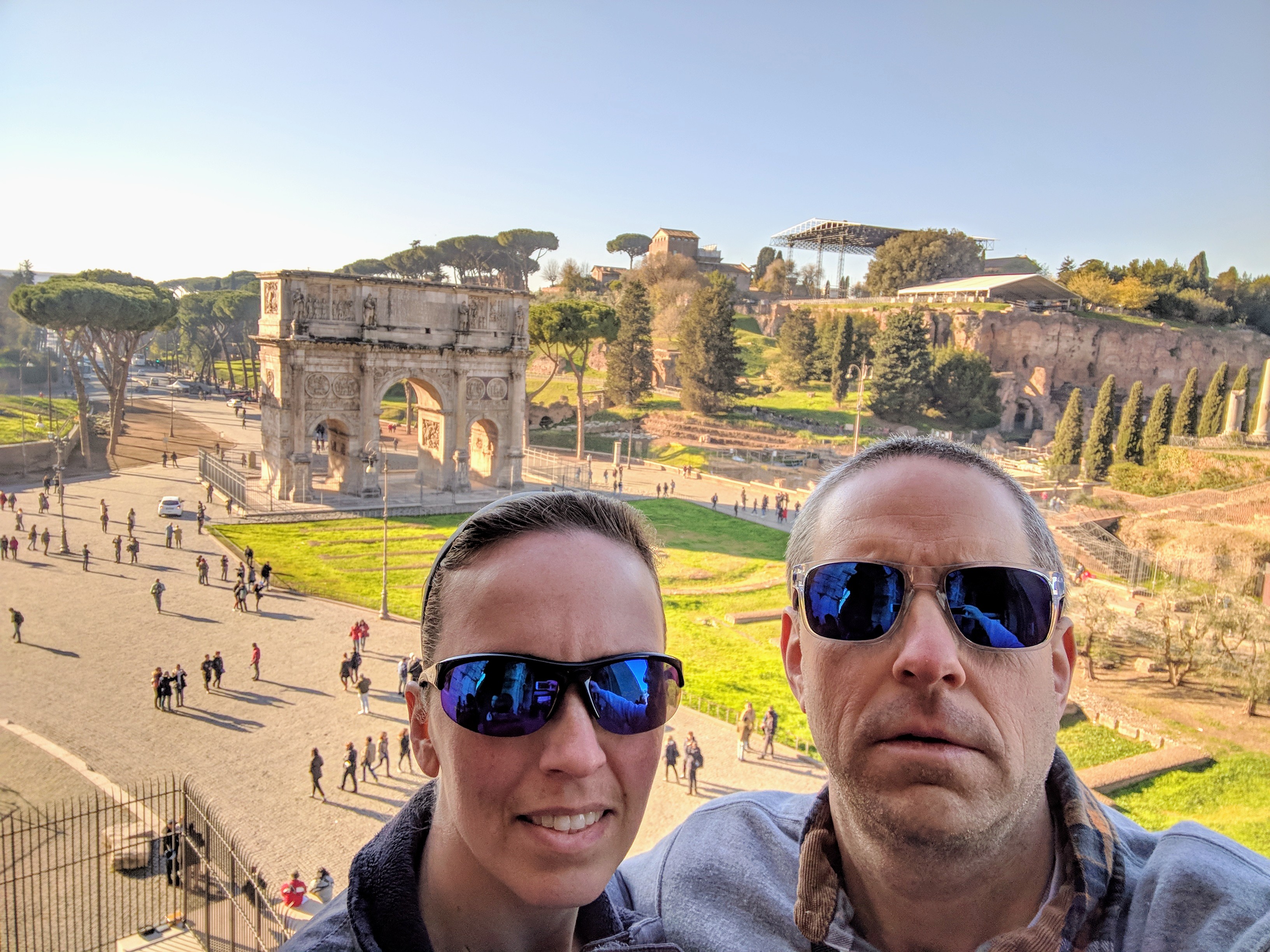
Arch of Constantine was built to commemorate the Battle of Milvian Bridge in which Emperor Constantine defeated Emperor Maxentius. This battle was the event that led Constantine to convert to Christianity, and to make Christianity the official Religion of the Roman Empire.
Why was there more than one Emperor? Because Emperor Diocletian had previously created a system of multiple Emperors known as the Tetrarchy.
It’s interesting to note that the Arch of Constantine was commissioned by the Senate, because the Senate was and remained a rubber-stamp assembly. But Constantine was regarded as a liberator, because he promised to appoint individual Senators into administrative positions of government, which were previously held by members of the Equestrian Class.
For context Equestrians were considered a lower caste in comparison to the Nobility which composed the Senate, because the Equestrians would have dirtied their hands with commerce and business. To state the obvious then, Constantine’s regard as a liberator must have been a matter of perspective.
Palatine Hill is the Hill where Augustus built his Palace, and is according to some combination of Mythology and Archeology, the hill on which Rome was founded.
